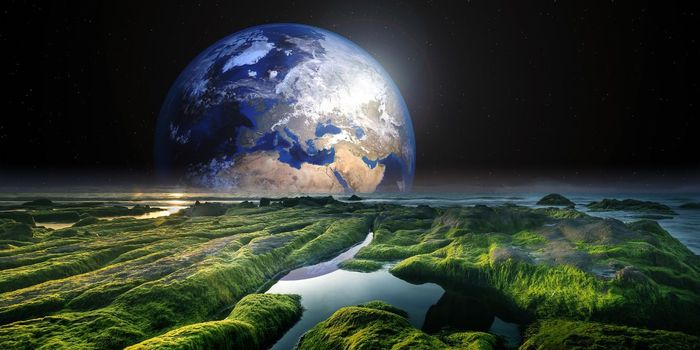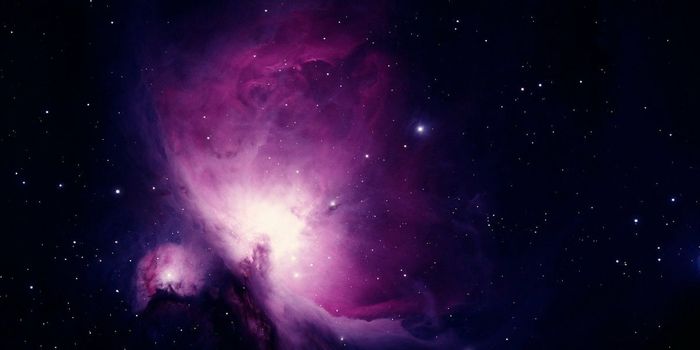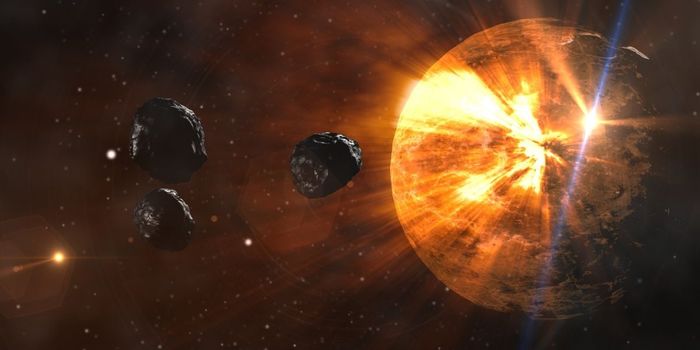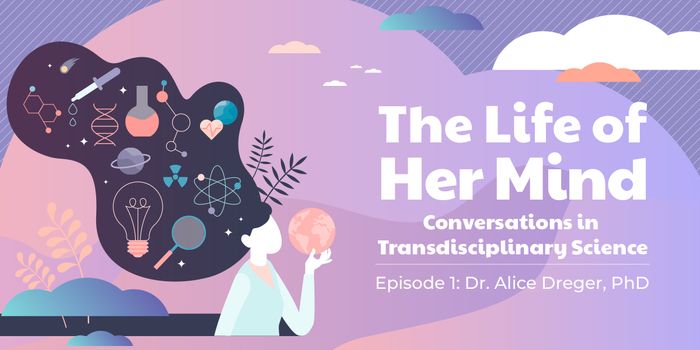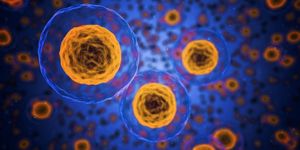Many people enjoy a cold beer on a hot day or a cocktail or glass of wine, and while the taste of certain drinks is appealing to many, for others, the pleasant buzz of a drink or two is also part of the attraction. That buzz comes from the kind of alcohol in spirits and other drinks: ethanol. In the brain, ethanol binds to two different receptors, GABA and NMDA. GABA receptors control behavior, so when the ethanol kicks in, there's a decrease in that inhibition and people loosen up a little. When it binds to NMDA, which controls fatigue and memory, a person can feel very upbeat and happy but will lose memories of what happens while they drink.
Ethanol also causes the brain to release cortisol, norepinephrine, and adrenaline, causing an increased heart beat and even hyperactivity. But wait, there's more! Dopamine, the feel good hormone is also released when we drink. Eventually, though, the effects wear off, and then the sudden drop in all of these hormones and neurotransmitters can make for a nasty time. One chemical ingested can cause all these reactions, and that can lead to problems if alcohol isn't being used responsibly. Paying attention to how much you drink, what you have to eat along with it, and staying hydrated are all important parts of making sure the chemical reactions caused by your celebration don't get the best of you.

